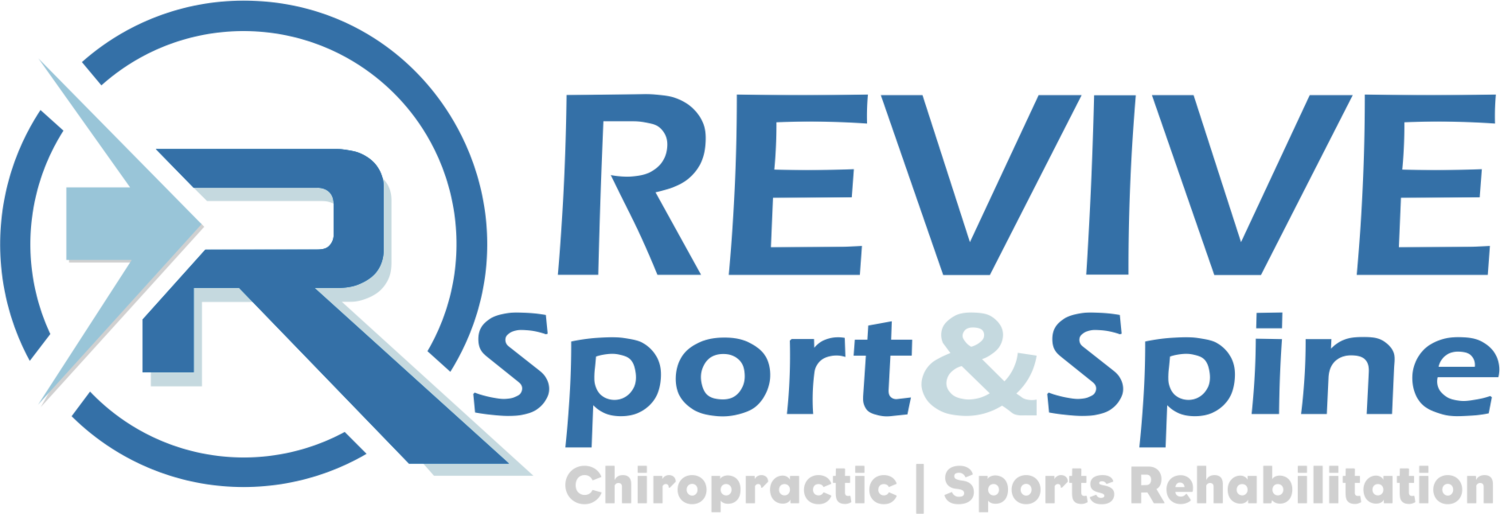Over the last two weeks, we have discussed the ins and outs of what Patellofemoral Pain Syndrome is, the anatomy involved, how adjacent joints (hip and ankle) can lead to maltracking issues, and why runner’s are specifically susceptible to this common overuse injury. You can read Part 1 & Part 2 here.
Now it’s time to talk self-treatment and training modification. Our goal is to maintain training (load) if possible when you find Runner’s Knee settling in, but more times than not, rest and self-care is needed while also modifying our training volume and intensity until symptoms recede.










